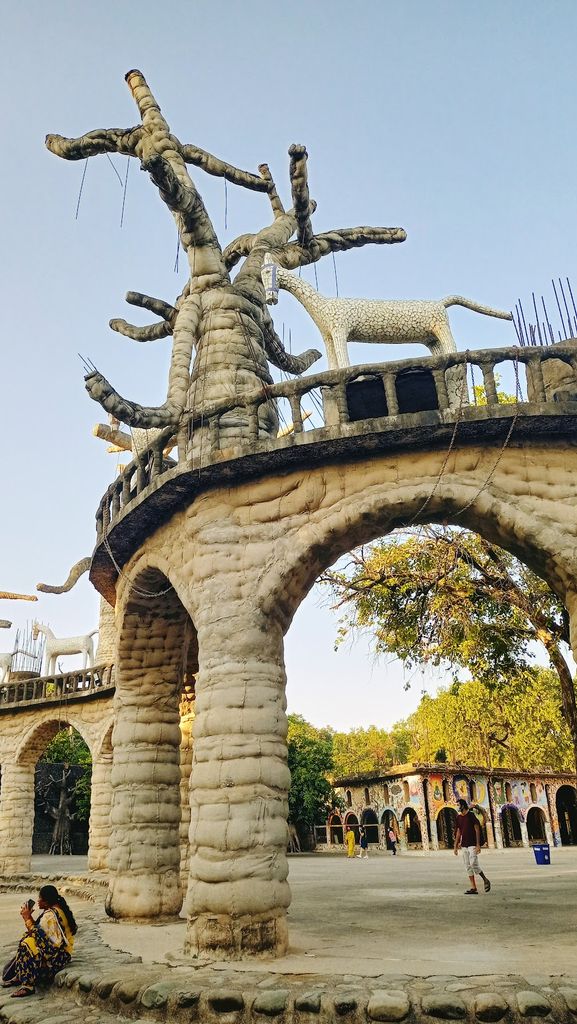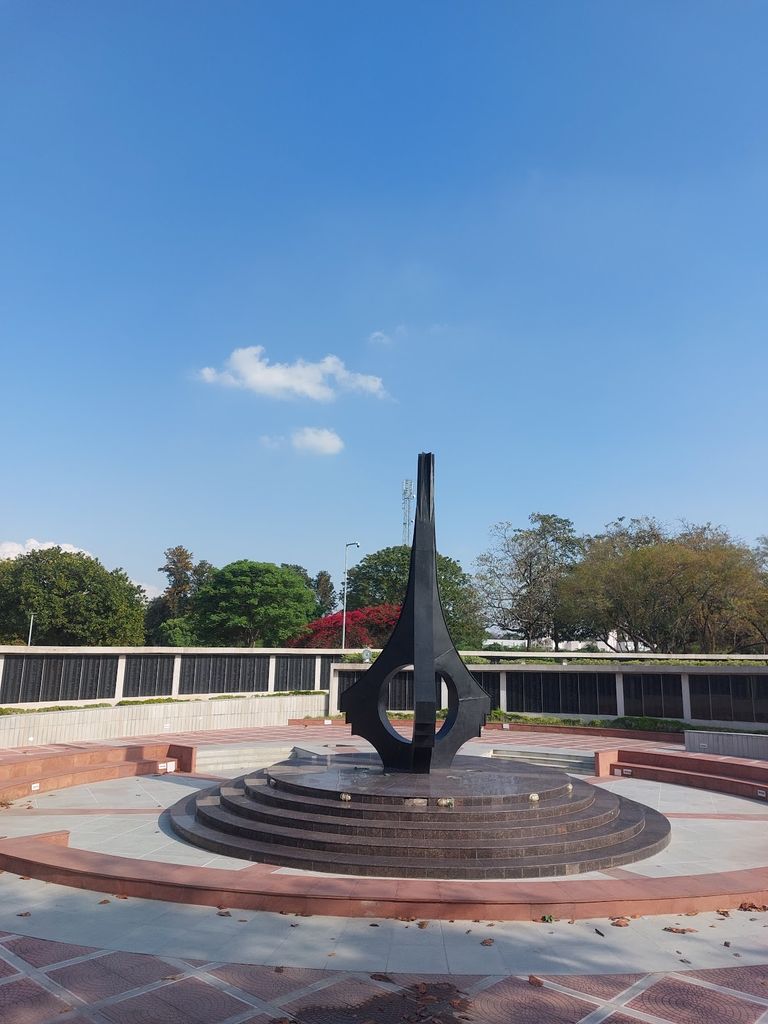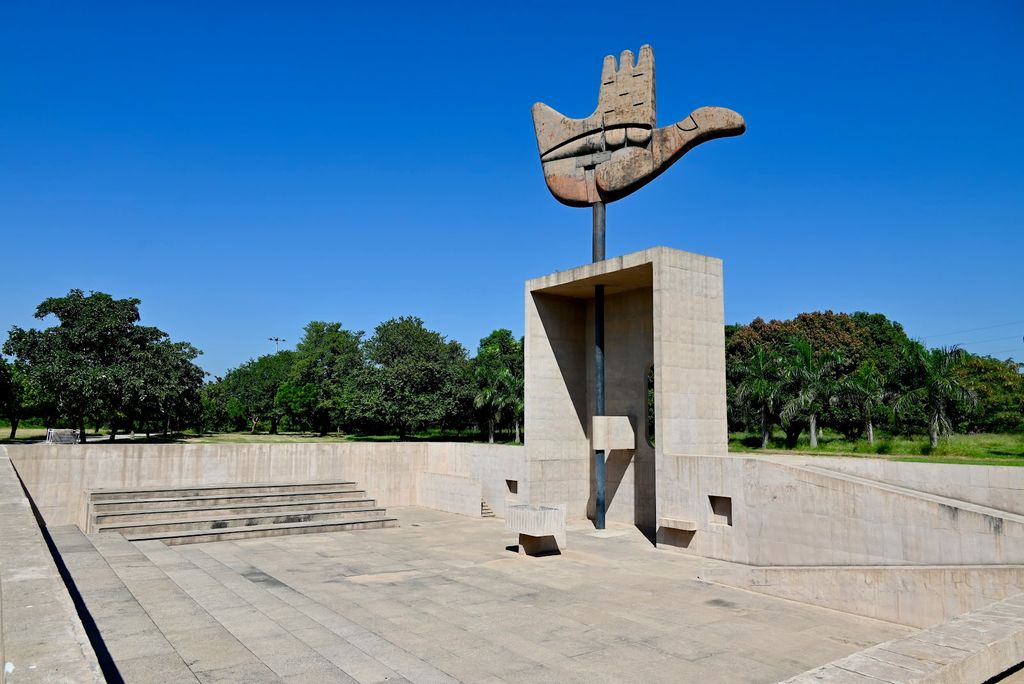Chandigarh's Creative Landmarks Unveiled
Join us on a vibrant exploration of Chandigarh's artistic and historical landmarks in this engaging free walking tour. Discover the city's unique essence!
Time
3 Hours
Stops
4 Places
Distance
4.6 km
Rock Garden of Chandigarh
A unique sculpture garden created from industrial and urban waste, the Rock Garden is a testament to creativity and innovation.

Rock Garden of Chandigarh (Source: Google Maps)
The Rock Garden of Chandigarh is a sprawling sculpture garden created by artist Nek Chand in the 1950s. It is a remarkable example of how industrial and urban waste can be transformed into art. Spanning over 40 acres, the garden is filled with thousands of sculptures made from discarded materials like broken crockery, glass, and concrete. The garden's design incorporates waterfalls, pathways, and various artistic installations, creating a surreal environment that attracts visitors from all over the world. The Rock Garden has become a symbol of creativity and innovation, showcasing how art can emerge from the most unexpected sources.
Chandigarh War Memorial
Located in the Bougainvillea Garden, this memorial honors the soldiers who have given their lives for the nation.

Chandigarh War Memorial (Source: Google Maps)
The Chandigarh War Memorial, located within the serene Bougainvillea Garden, pays tribute to the brave soldiers who sacrificed their lives for India's freedom. Inaugurated in 2013, this memorial features a striking design that includes a central flame, symbolizing the eternal spirit of the martyrs. Surrounding the flame are the names of the soldiers inscribed on granite panels, creating a poignant reminder of their valor. The memorial is not only a site of remembrance but also a place where visitors can reflect on the sacrifices made for the nation. The lush greenery of the garden adds to the tranquil atmosphere, making it a fitting tribute.
Open Hand Monument
Designed by Le Corbusier, this monument is a symbol of peace and reconciliation, embodying Chandigarh's identity.

Open Hand Monument (Source: Google Maps)
The Open Hand Monument, designed by the renowned architect Le Corbusier, stands as a powerful symbol of peace and reconciliation in Chandigarh. Erected in 1985, the monument represents the city's identity and its commitment to harmony among its diverse communities. The open hand, which is 26 meters tall, signifies the gesture of giving and receiving, embodying the essence of unity. It is located at the Capitol Complex, a UNESCO World Heritage Site, and serves as a focal point for visitors. The monument is not only an architectural marvel but also a reminder of Chandigarh's vision as a city that embraces inclusivity and understanding.
Capitol Complex
A UNESCO World Heritage Site, the Capitol Complex is home to the High Court, Secretariat, and Legislative Assembly, representing modernist architecture.
Capitol Complex (Source: Google Maps)
The Capitol Complex in Chandigarh is a UNESCO World Heritage Site recognized for its outstanding modernist architecture. Designed by Le Corbusier in the 1950s, it serves as the administrative center of the city and is comprised of several significant buildings, including the High Court, the Secretariat, and the Legislative Assembly. Each structure showcases Le Corbusier's innovative design principles, featuring bold geometric forms and open spaces that promote functionality and transparency. The complex is also home to the famous Open Hand Monument, further enhancing its cultural significance. Visitors to the Capitol Complex can appreciate not only the architectural brilliance but also the historical context of Chandigarh as a planned city, reflecting the aspirations of post-independence India.

Your travels, your rules.
Create your own Free Walking Tours.
Set your preferences, distances and anything you want to do or see.
Completely free, no payment required.